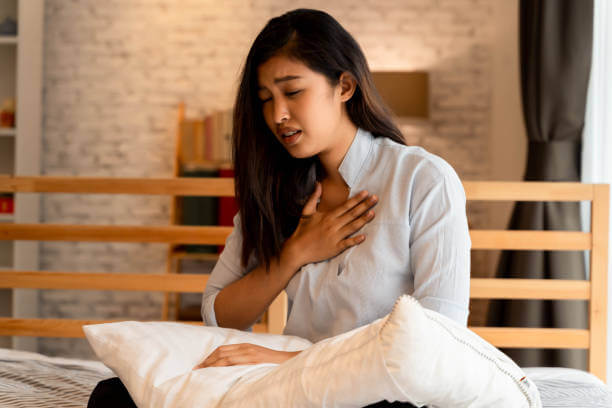In the United States, Chronic lower respiratory disease, particularly chronic obstructive pulmonary disease (COPD), is the fourth leading cause of death.
Smoking is the most common cause of COPD, but one in four people with COPD have never smoked. Home pollutants (secondhand smoke), work pollutants (fumes), and genetics may also increase COPD risk.
CLRD includes chronic obstructive pulmonary disease (COPD), such as emphysema, asthma, chronic bronchitis, pulmonary hypertension, and industrial lung disease.
Chronic obstructive pulmonary disease (COPD) is a progressive lung disease. Long-term breathing issues can cause COPD, and because getting proper treatment for COPD is so important, it’s essential to know the signs and symptoms of COPD.
What Causes Chronic Lower Respiratory Disease?
Approximately 80% of all cases of chronic bronchitis and emphysema are a result of smoking tobacco. According to the American Lung Association, COPD is ten times more likely to kill cigarette smokers than nonsmokers.
However, the Centers for Disease Control and Prevention (CDC) points out that exposure to air pollutants at home and work, genetic factors, and respiratory infections may also contribute to chronic lower respiratory disease.
What are the Symptoms of Chronic Lower Respiratory Disease?
Chronic Lower respiratory disease is a general term for lung diseases like asthma, chronic bronchitis, etc. The following symptoms are typical of these diseases:
- Tiredness
- Coughing persistently
- Wheezing
- A frantic heartbeat
- Breathing difficulties
- An increase in mucus (sputum) production
Depending on the underlying condition, you may experience additional symptoms such as:
Asthma
Symptoms of asthma include wheezing, coughing, shortness of breath, and chest tightness, all triggered by specific triggers (smoke, pollen, infections, etc.). A person’s asthma symptoms change from episode to episode.
Chronic obstructive pulmonary disease (COPD)
The lung’s airflow is limited in COPD. Chest tightness, phlegm production, and a persistent cough are typical symptoms.
Chronic bronchitis
Chronic bronchitis is a category of COPD, marked by red, swollen linings of the lungs’ airways. Additionally, patients may experience mild fever, sore throat, runny nose, chest and nasal congestion, and a productive cough that transforms into a dry cough.
Emphysema
Emphysema — a form of COPD — results in some damaged air sacs in the lungs. Chest pain, chronic cough, frequent respiratory infections, phlegm production, and cyanosis are common signs.
Occupational lung diseases
As a result of smoking, secondhand smoke, radon, air pollution, and on-the-job exposure to asbestos, smoke, secondhand smoke, and radon can cause symptoms ranging from recurrent respiratory infections to coughing up blood.
How Chronic Lower Respiratory Disease is Diagnosed
Clinical diagnosis of CLRDs relies on a thorough physical exam, medical history, and evaluation of lung function. However, specific tests may be necessary for narrowing down a particular diagnosis.
Diagnostic tests may include blood tests, such as arterial blood gases (ABG) and a complete blood count (CBC), lung function tests, including peak expiratory flow rate (PEFR), and spirometry.
Imaging tests, such as chest X-rays, which can support a diagnosis, may also reveal airways inflammation.
Treatment
Depending on the type of chronic respiratory disease, the severity of the illness and treatment will differ.
You must stop smoking if you are a current smoker to assist your treatment. Smoke and other air pollutants can also trigger asthma, so you may want to avoid them. You may want to wear a mask or ventilator at work if you have regular exposure to triggers.
As part of your pulmonary rehabilitation program, your healthcare provider will develop a plan to meet your specific disease management needs and help you improve your quality of life.
It is possible to treat some symptoms with medications, such as coughing, wheezing, or high blood pressure. You may need supplemental oxygen if your blood oxygen levels are low.
Various studies have suggested that exercise is advantageous to patients suffering from lung diseases because it improves lung function.
The Bottom Line
Your diagnosis will determine the best treatment and therapy for your chronic lower respiratory disease.
There are, however, many steps you can take to prevent further progression of a CLRD.
These include close monitoring, using medications properly, engaging in pulmonary rehabilitation, eating healthily, staying hydrated, exercising regularly, and relaxing.
Collaboration between you and your healthcare team is vital to developing an effective treatment plan.


